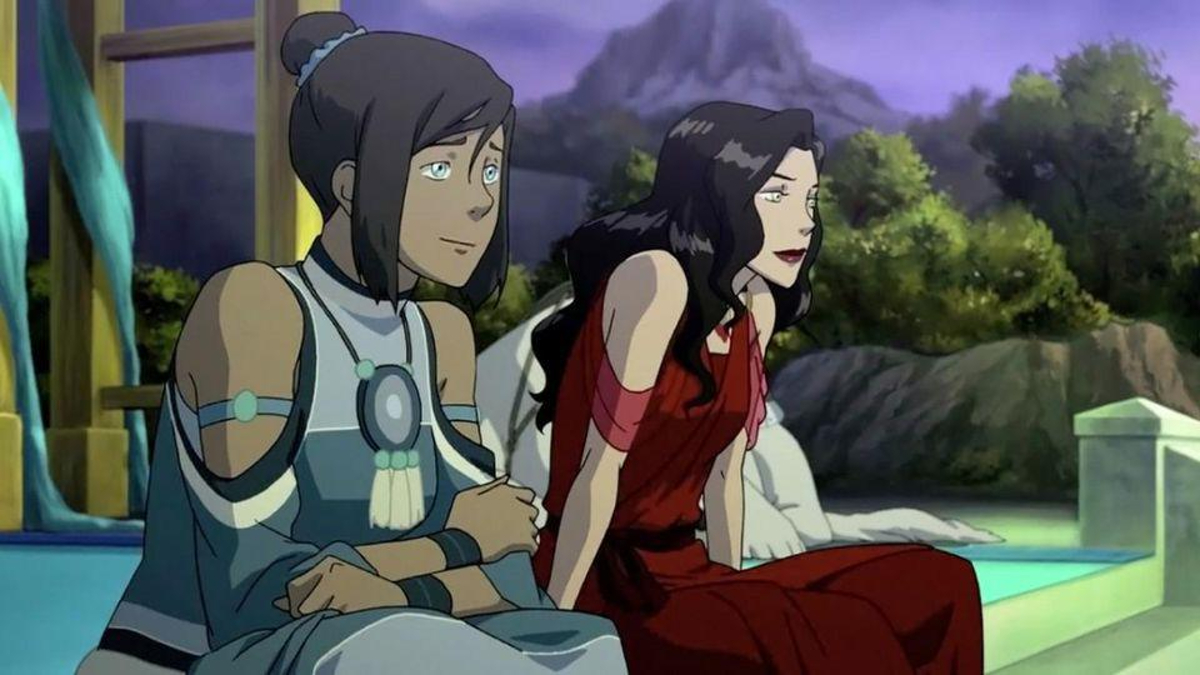Incorporating elements of Buddhism and Hinduism into its cosmology, Avatar: The Last Airbender is unique among American cartoons. Much of its philosophical underpinnings have roots in Eastern philosophy, and it’s clear that the series’ co-creators Bryan Konietzko and Michael Dante DiMartino, have a deep respect for the many cultures of the Asian continent.
The central conceit of its universe, the Avatar, is a classic Chosen One. The Avatar is the master of all four elements, and their duty is to the world: though the Avatar may be male or female, rich or poor, and come from all walks of life, it is impossible for an Avatar to reach Enlightenment, because they must ensure that the world is in balance and at peace throughout all of their lifetimes. The Avatar will continuously reincarnate into the next nation of the Avatar cycle: Fire, Air, Water, and Earth.
Like the cycle of the seasons, the cycle of the Avatar is perpetual, allowing for countless stories to be told within the world of The Last Airbender. Canonically, the Avatar has been around for ten thousand years, though audiences only know the names of ten, and the life stories of even fewer.
The First Avatar
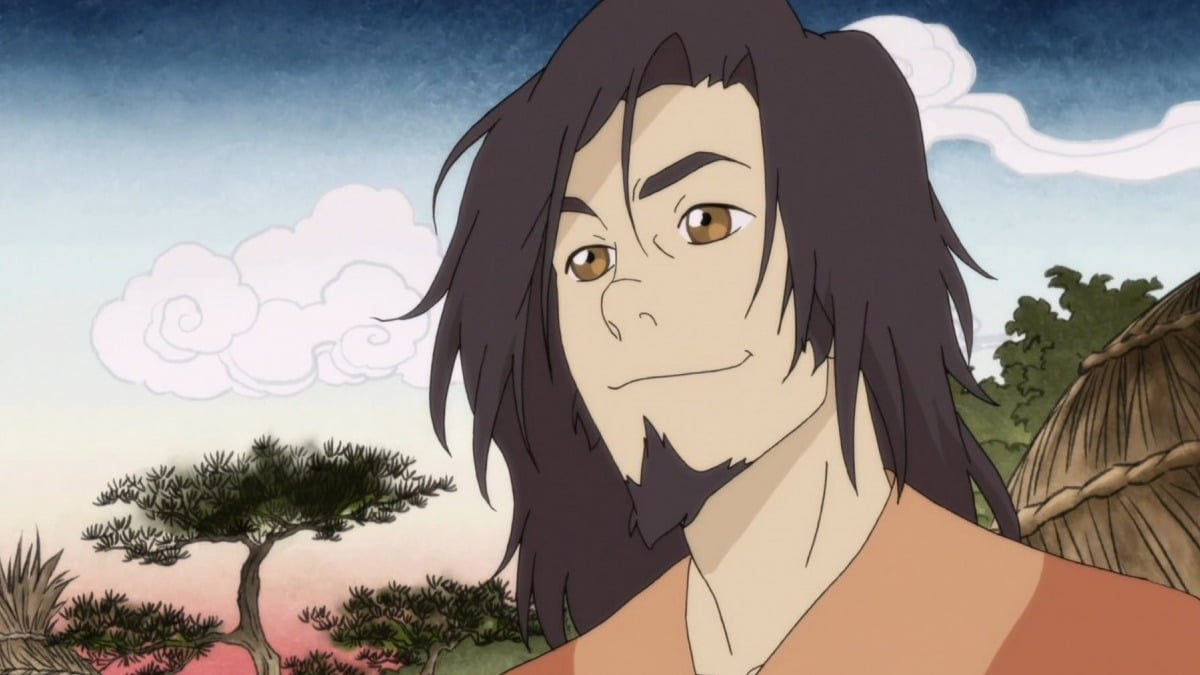
The story of the first Avatar was originally conceptualized for The Last Airbender. Unfortunately, Konietzko and DiMartino were unable to incorporate the story into the series, though there were hints present early on. The Lion Turtle who appears to Aang at the end of the series is the biggest piece of the puzzle, but statues and paintings of various Lion Turtles can be seen throughout the series. In “The Library”, for instance, the camera briefly lingers on an ancient painting of someone in Fire Nation garb speaking to a Lion Turtle.
The first Avatar’s story was finally told (and beautifully animated) in the sequel series, The Legend of Korra. The first Avatar, Wan, lived in a time of great strife. Humans had been all but wiped out by spirits, who seemed to look down on mortals. Wan lived on the back of a Lion Turtle, who protected humanity from dangerous spirits. The Lion Turtles granted the power of one of the four elements to any hunter who left the cities on the backs of their shells, though they mandated that the power be returned to them before any human were permitted upon their backs again, and it happened that Wan lived on a Lion Turtle that granted the power of fire.
After Wan was exiled, he began to live among the spirits and formed bonds with them. Eventually meeting the spirit of light and order, Raava, he found she was in perpetual battle with the spirit of darkness and chaos, Vaatu. Accidentally separating the two, Wan discovered Vaatu wanted to plunge the world into ten thousand years of darkness.
Wan and Raava traveled the world, collecting the power of the elements from various Lion Turtles (a feat made possible by Raava fusing with Wan). The two would defeat Vaatu together and fuse permanently thanks to great spiritual energies unleashed during the battle. Wan tried to bring balance to the world after this, but died before that was accomplished. Fortunately, Raava assured him the two would be together for all of his lifetimes, ready to continue their mission, and Wan was reborn into the unknown second Avatar.
Little Known Avatars
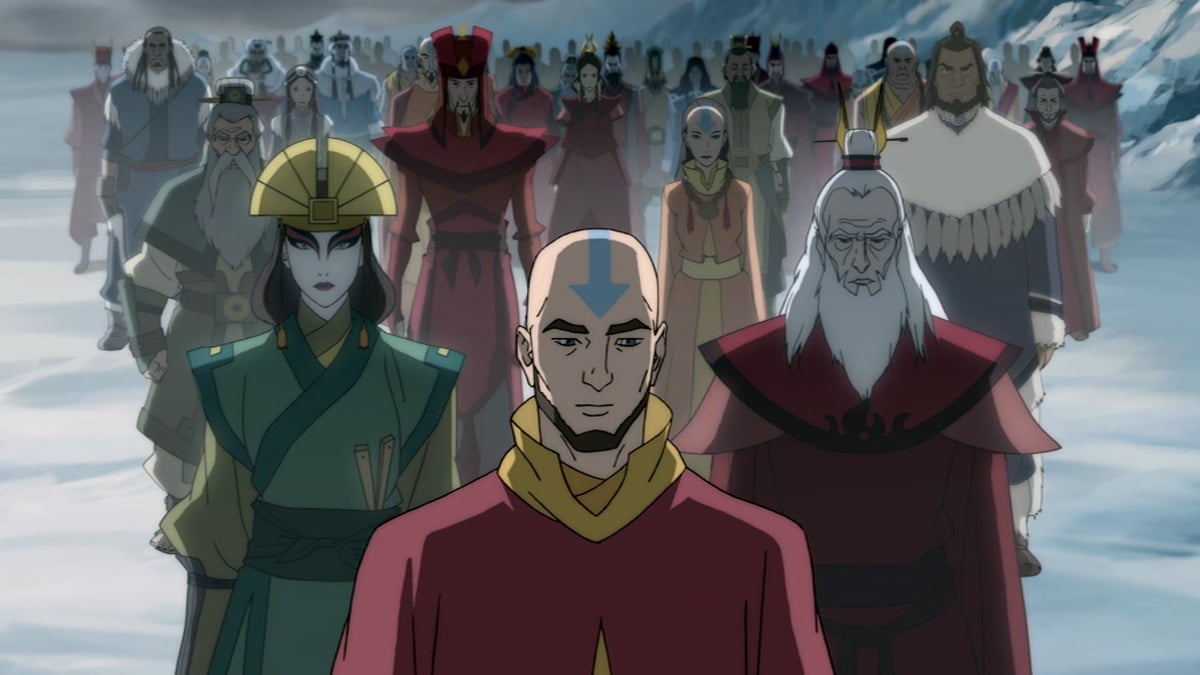
The names and stories of most Avatars are unknown. Only two Avatars from this interim period are known – Gun and Salai. Gun was known for losing one of their friends in a flood, which caused them to withdraw from their Avatar duties for some time. Their nation is unknown. The nation of Salai is also unknown, but they’re remembered as one of the best Avatars in history.
The next earliest Avatar about which anything is known is Avatar Szeto. It took a long time for fans to learn anything about Szeto, who was the Avatar before Roku. Prior to his name being known, he was referred to as ‘Jafar’ by fans, thanks to his resemblance to the Aladdin villain.
Szeto was born into the Fire Nation. He wasn’t much of a fighter, preferring to solve issues through the power of bureaucracy. During his era, the Fire Nation was on the brink of collapse. Szeto’s solution? Become an advisor to the Fire Lord; eventually working his way up to higher office, Szeto would solve famines and revitalize the Fire Nation. His efforts eventually resulted in a period of prosperity in the Fire Nation that ultimately led to the Hundred Year War.
Various Avatars are shown fairly consistently in group shots throughout the franchise – suggesting Konietzko and DiMartino have stories and designs for them that they simply haven’t been able to show off in a story yet.
Avatar Yangchen
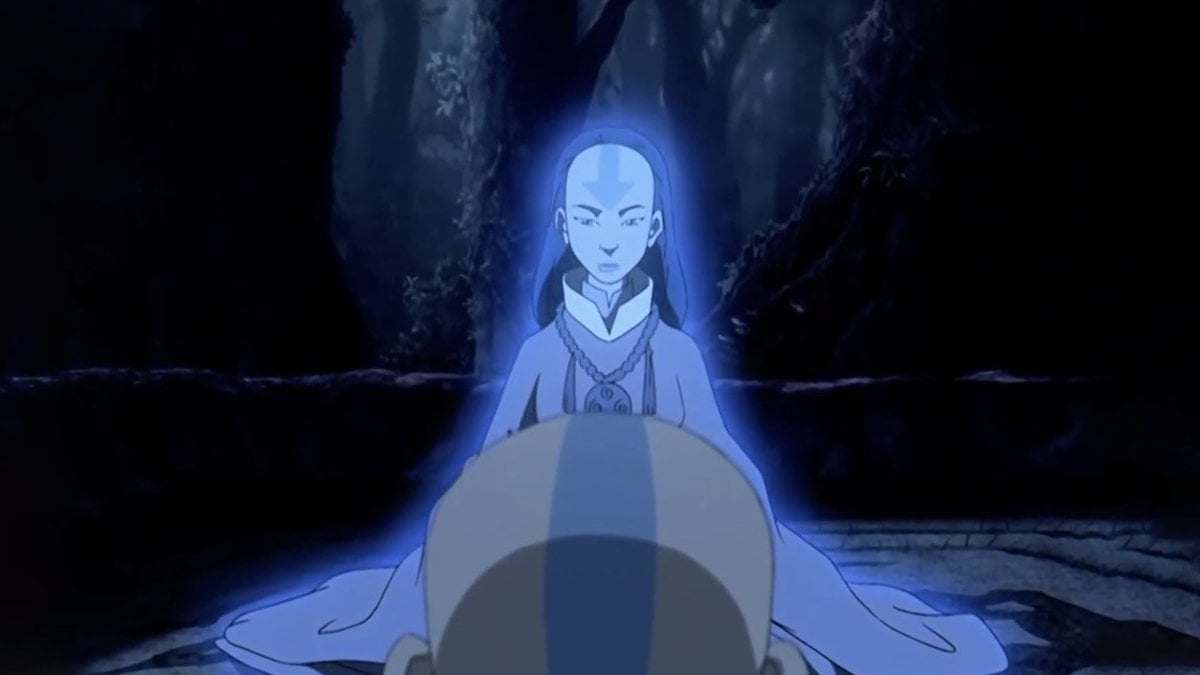
Yangchen was the Air Nomad Avatar before Aang. As a girl, she was raised in the Western Air Temple, where her fellow nuns discovered she was the Avatar due to a unique issue: Yangchen could vividly remember her pasts lives. Since Yangchen discovered she was the Avatar early on, she was trained extensively in her duties.
Yangchen would come to be known as one of the greatest Avatars ever known. In a franchise known for its strong, female characters, it’s no shock that one of the earliest known Avatars is a woman that was so revered she eventually became known as a minor deity. Though fans view Avatar Kyoshi as bloodthirsty and willing to go for the kill, it was Yangchen that was actually quite decisive as an Avatar – willing to do anything to keep the balance.
Yangchen’s story was told in more detail in last year’s Chronicles of the Avatar release, The Dawn of Yangchen, by author F.C. Yee. A second novel, The Legacy of Yangchen, is set for release on July 18, 2023.
Avatar Kuruk
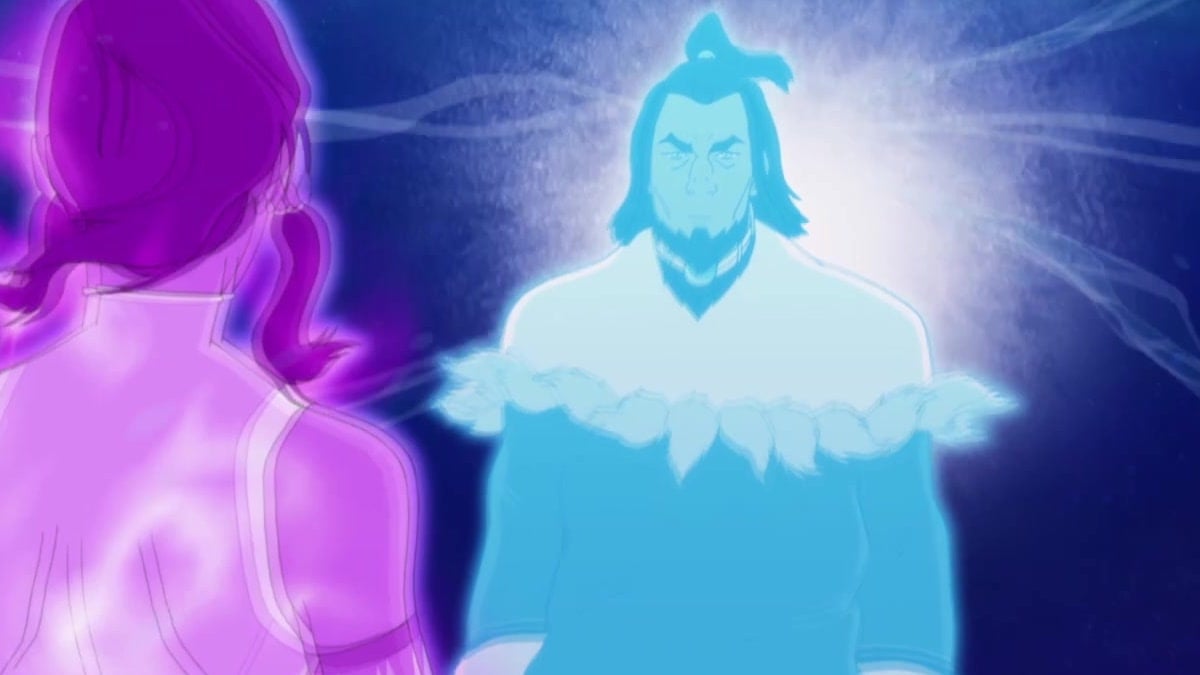
Kuruk is perhaps one of the most underrated Avatars. As the Water Tribe Avatar before Korra, he appeared very little in either series, but supplemental material has revealed his story: though Yangchen was revered among mortals, spirits grew dark and angry as her peacekeeping was often biased towards humanity. Several of the deals she agreed to honor with the spirits were disregarded soon after, and many spirits began to attack the mortal world.
Not wanting to mar his beloved predecessor’s memory, Kuruk presented himself as a do-nothing Avatar that liked to live in excess. In reality, Kuruk drowned himself in worldly pleasures because his very soul was damaged in numerous battles against dark spirits, whom he had to destroy.
Koh, the Face-Stealer, would later take vengeance on Kuruk and steal his fiancé from him, taking her face and prompting Kuruk to hunt him forevermore. Eventually, the spiritual strain on his body and soul was too much, and Kuruk died aged 33, the youngest of any known Avatar.
Avatar Kyoshi
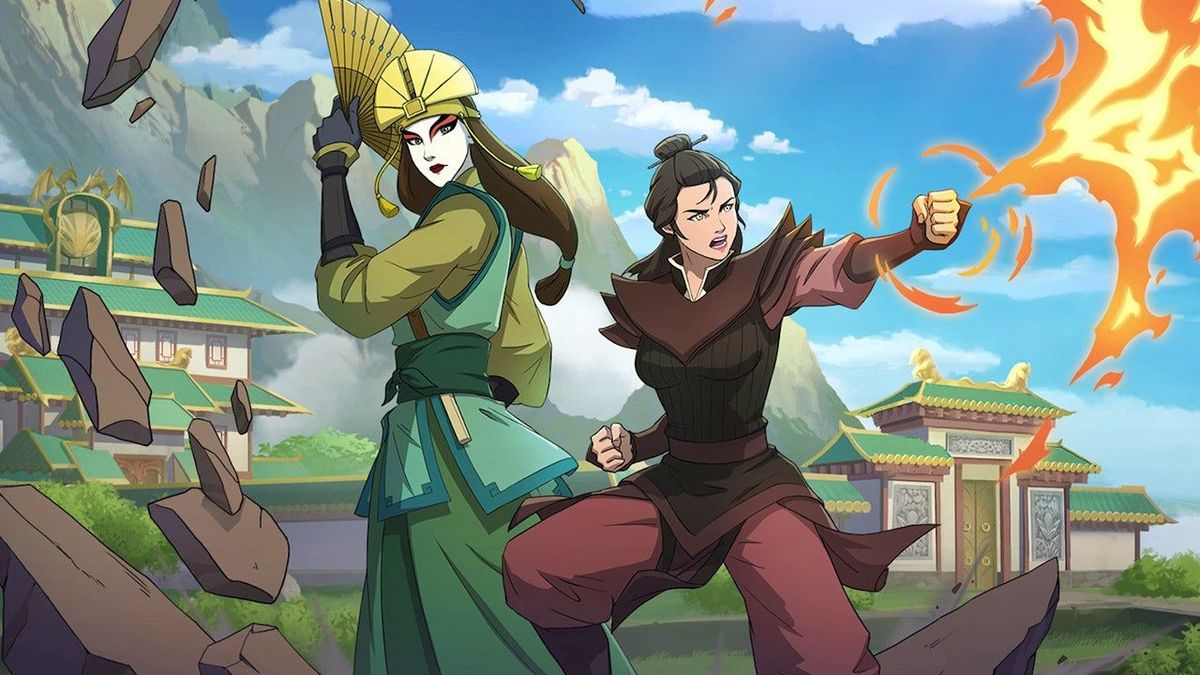
With Kuruk dead at such a young age, it fell on his friends to find his reincarnation in the Earth Kingdom. Unfortunately for them, Kyoshi’s parents, Jesa (a renegade Air Nomad), and Hark (an Earthbender) were daofei, bandits who terrorized the Earth Kingdom at the time. Fearful that they were being hunted down, Jesa and Hark left their young daughter on the outskirts of Yokoya, hopeful that someone would adopt her.
Unfortunately, Kyoshi endured homelessness for quite some time before Kelsang, who happened to have been one of Kuruk’s Air Nomad companions, found her. Though he suspected she was the Avatar, a false lead was followed instead, and Kyoshi was raised as a servant of this false Avatar, Yun, for years.
Kyoshi is known as a fan favorite. Rumors swirl that an animated project centered on her lifetime is forthcoming, and the first two books of the Chronicles of the Avatar series center around her. In fact, it’s already known that Yvonne Chapman will be playing the character in Netflix’s live-action adaptation. As an openly bisexual character, she serves as a huge win for representation. Often considered one of the best Avatars, Kyoshi died at the age of 230.
Avatar Roku
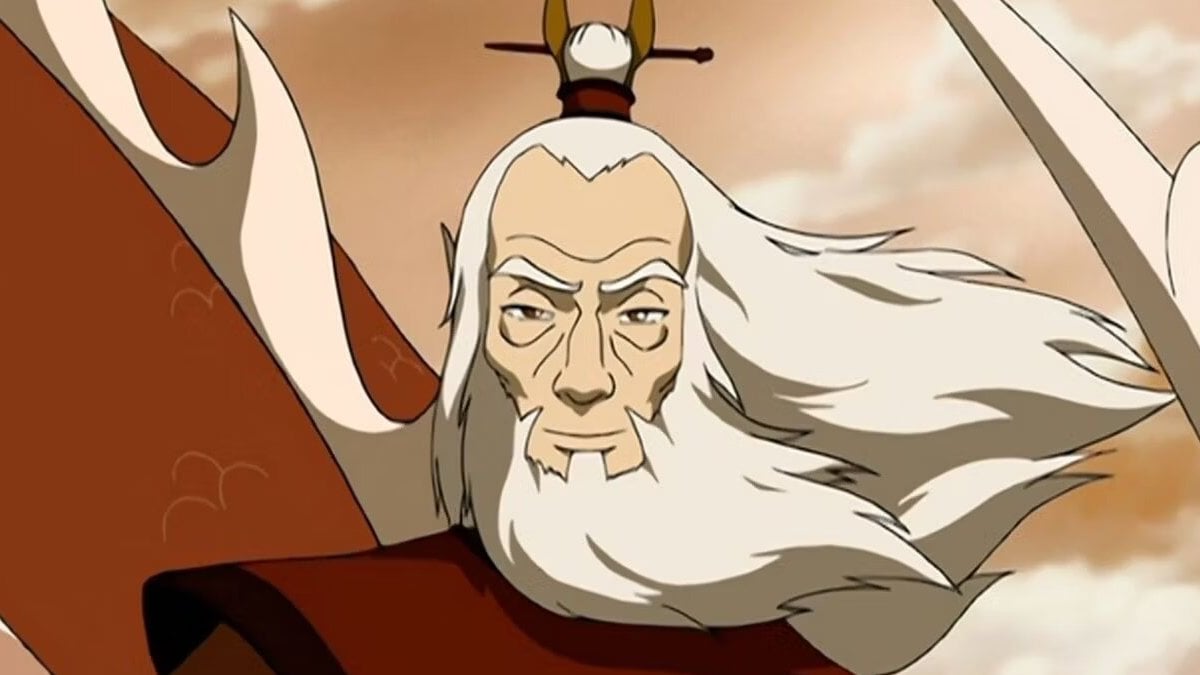
Roku was seen plenty in Avatar: The Last Airbender. As the Avatar immediately preceding Aang, he served as a spiritual guide for the young Avatar throughout the series. His life story is told in “The Avatar and the Fire Lord”, where it’s revealed that he’s actually Prince Zuko’s maternal great-grandfather.
His friendship with Fire Lord Sozin was a shocking revelation for Aang over the course of the series; while Sozin was the one who kicked off the Hundred Year War and killed off all the Air Nomads, he had been almost like a brother to Roku in his earlier years. Roku’s greatest regret was letting the war happen, something he rectified in his next life as Aang.
Avatar Aang
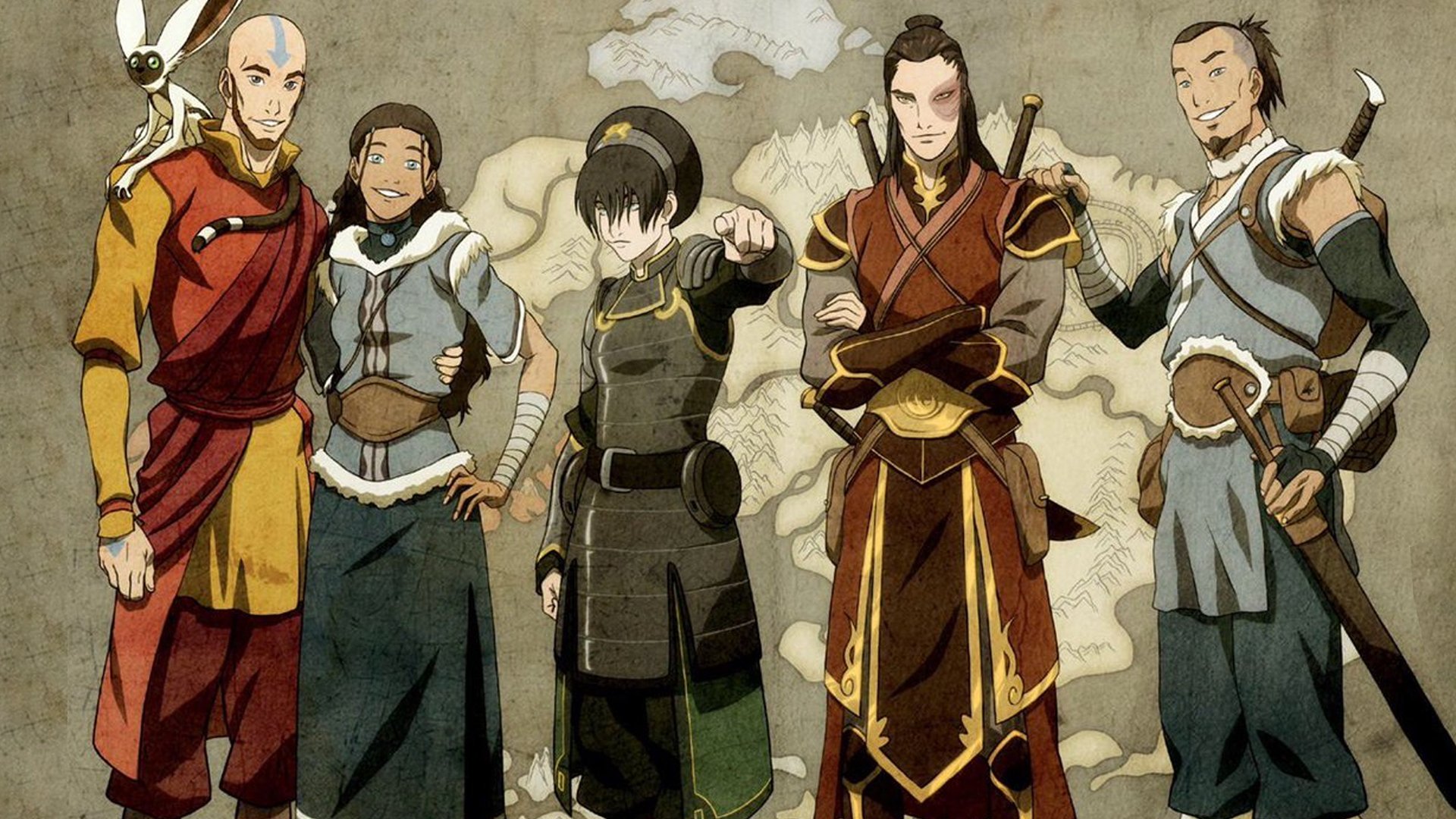
The Avatar that needs no introduction – Aang’s story is the basis for Avatar: The Last Airbender. Over the course of the series, Aang comes into his own, accepting his destiny and coming to terms with the grief of losing his people to genocide.
Even though Aang defeated the Fire Lord at the end of The Last Airbender, there was still plenty of work to be done. In his later years, Aang would establish the Air Acolytes: people from the remaining three nations who were dedicated to keeping the Air Nomad way of life alive. He would also marry Katara and have three kids: Bumi, Kya, and Tenzin. Initially, Tenzin was the only Airbender, meaning he was the natural successor to the ways of the Air Nomads, but Bumi would later gain Airbending too. He also founded Republic City – a place where benders and nonbenders from around the world could live in harmony – out of the Fire Nation’s old colonies. Aang died fairly young, at age 65, thanks to spending so much time in that iceberg: the strain of the Avatar State depleted his life energies.
Avatar Korra
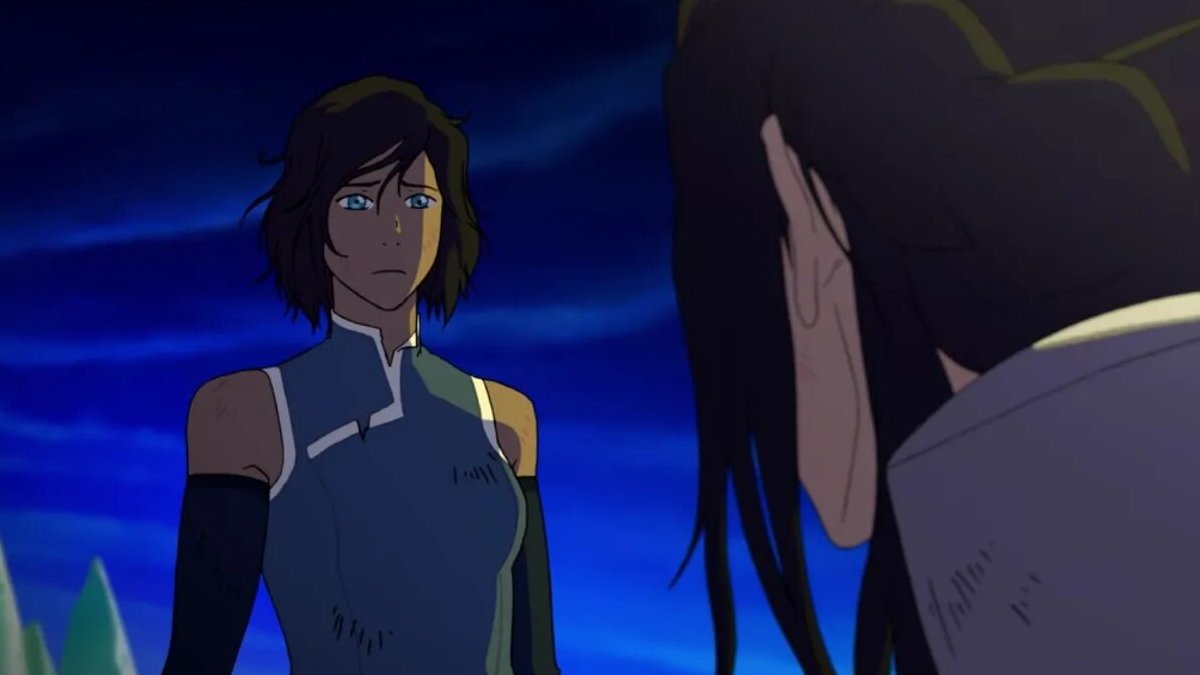
Korra was the last of the old cycle of Avatars and the first of a new one. She was born a prodigy in the physical side of bending and discovered she was the Avatar by age 5. Unlike Aang, she loved being the Avatar, but struggled with spiritual matters. Her spirituality would grow throughout the series, and while Aang was a boy learning to be a legend, Korra was a legend learning to be human.
When Vaatu finally escaped at the end of his ten thousand year imprisonment, he ended up separating Raava and Korra, which severed the old Avatar cycle. When the two merged again, Korra was unable to access her past lives because she was the start of a new cycle.
Though she went through many failures, Korra always got back up again. As another openly bisexual Avatar, Korra was also the first bisexual lead character in Western children’s animation; though her relationship with Asami was only confirmed post-series, it was a huge step for LGBT+ representation at the time.
Given that Korra’s series ended back in 2014, it’s likely any new series would focus on the next Avatar, who would be someone from the Earth Kingdom, meaning Korra would be dead in a future installment.
With the creation of Avatar Studios, more Avatar stories are currently on the way. It’s known that a movie, set around the time Aang would be in his 20s, is currently in development with an October 10, 2025 release date. Other projects, however, have yet to be officially be announced. With the return of the franchise, it seems likely that fans will be getting to know a new Avatar before long.

